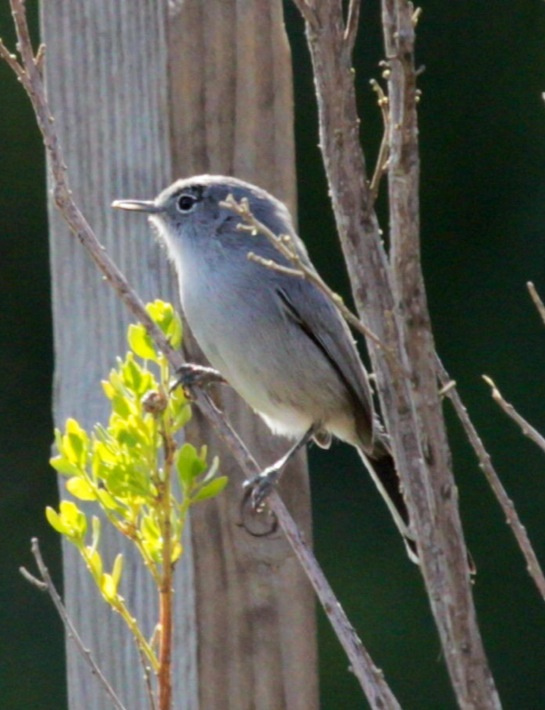70. Encourage bird-friendly golf course management.

In 1998, some of my birding acquaintances noticed that television coverage of golf tournaments included, in the background soundtrack, songs of birds that didn’t live anywhere near the places those golf courses were located. Apparently, someone at CBS wanted to make the ambience more “natural,” without understanding what constitutes natural. I don’t know if this was an intentional effort to mislead viewers into thinking that golf courses are more hospitable to birds than they are, but to many birders, it smacked of subtle propaganda.
Lots of birds can and do live on golf courses. According to Ohio State University Extension:
In the United States, there are approximately 15,000 golf courses, accounting for an estimated 4 million acres. Seventy percent of that area is considered rough or out-of-play, and has the potential for creating significant wildlife benefits. … More golf courses are created each year, with a typical golf course comprising 54 hectares of land. …Recently, golf courses have played an important role in the conservation efforts for the Eastern bluebird, tree swallow, purple martin, red-cockaded woodpecker, and even osprey. .. Golf courses may also provide suitable nesting sites for the declining Red-headed Woodpecker.

Unfortunately, golf courses have a dark side. The large areas of turf on the burgeoning number of golf courses contribute to the population explosion of Canada Geese and Ring-billed Gulls. Turf also exacerbates runoff problems and requires a great deal of water to be maintained. As water shortages become critical throughout the nation and the world, watering golf courses from increasingly limited groundwater and surface supplies really can’t be justified. The vast majority of golf courses also apply fairly large amounts of fertilizers and pesticides to the turf, which can seep into groundwater or run off into open water, sometimes after harming birds or even golfers.
Golfers who want to remain healthy and enjoy their sport should demand that the golf courses they visit follow the best possible practices to minimize environmental harm. It was public pressure after large bird die-offs on golf courses and sod farms that led the Environmental Protection Agency to ban the use of the deadly pesticide diazinon in these areas in 1988. Continued careful study of environmental dangers and pressure to make golf courses as “green” as they look will benefit birds, golfers, and everyone else.
From 101 Ways to Help Birds, published by Stackpole in 2006. Please consider buying the book to show that there is a market for bird conservation books. (Photos, links, and updated information at the end of some entries are not from the book.)